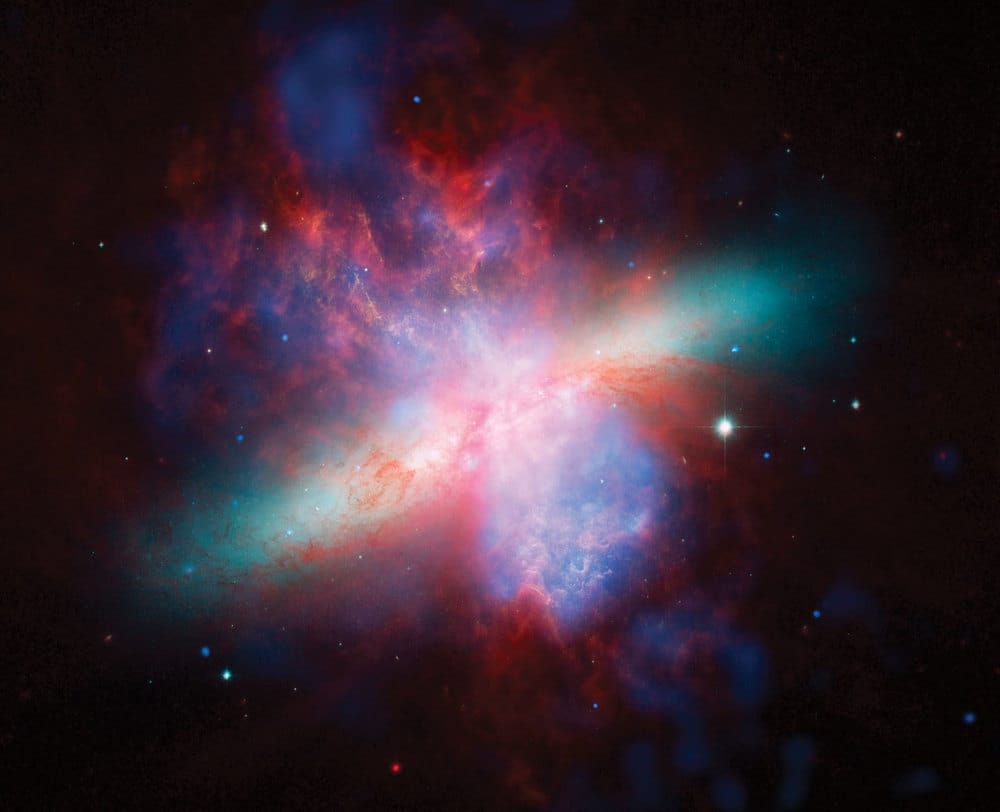Black holes cut down to size
Shrinking black holes have come down to 1/10th of their previous size

You might not be able to tell from wherever you are reading this, but black holes in the distant universe just shrunk down to as little as a tenth of their previous size. This is not some cosmic disappearing act; a new analysis of supermassive black holes at the centres of active galactic nuclei has revealed that their masses were previously overestimated by up to a factor of ten. The paper was published in Nature last week.
Active galactic nuclei, or AGN, are among the most luminous objects in the universe and are powered by massive black holes millions of times the mass of the Sun. Gas clouds, known as “broad line regions”, surround the black holes. These gas clouds range from a few light days to hundreds of light days across; they are much wider than our solar system. Astronomers have been studying these clouds for over thirty years, but until now many of their properties remained a mystery.
Wolfram Kollatschny and Matthias Zetzl from the Institute for Astrophysics, at the University of Göttingen in Germany, looked into the relationship between the shape and width of spectral lines observed in the emission spectra of AGN. Spectral lines are spikes in the emission spectrum of a luminous object, and represent a peak in intensity of light at a certain wavelength.
However, for the broad line regions, it is not quite that simple. The regions are spinning very fast around the central black hole, and the light emitted from them is subject to the Doppler effect. When gas rotates around a black hole, the frequency of the light appears to change because some of the gas is moving away from the observer and some is moving towards the observer. This makes the spectral line astronomers observe broader — an effect known as Doppler broadening. This is the reason the gas clouds are called “broad line regions”.
Fast rotating active galactic nuclei created broader spectral lines, and slower ones made more narrow lines
Kollatschny and Zetzl looked at 37 active galactic nuclei. They worked out that fast rotating AGN created broader spectral lines, and slower ones made more narrow lines. They also saw that faster rotating AGN had flatter gas clouds surrounding them, and slower ones had more rounded gas clouds. As they now knew how fast AGN were spinning, they were also able to come up with new, more accurate estimates of the masses of their central black holes. Previous estimates used just the spectral lines to estimate masses. This is a problem, particularly for very distant AGN, as astronomers can usually only see one spectral line from these.
The new black holes masses came out between two and ten times smaller than the previous estimates. While this isn’t going to cause any major problems for the black holes themselves — they’re still the most massive objects in the universe — it may pose a problem for astronomers studying the formation of black holes.








